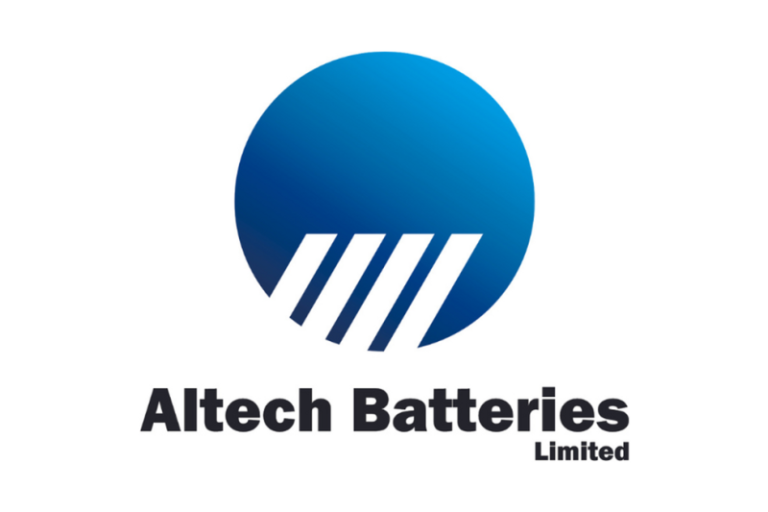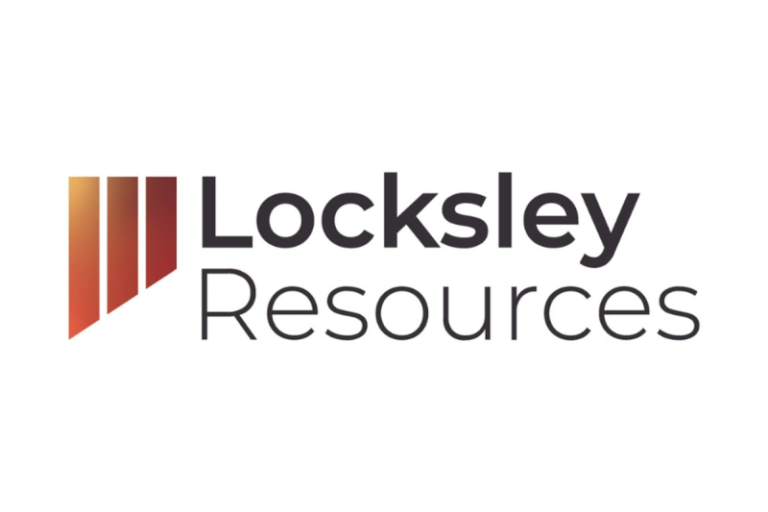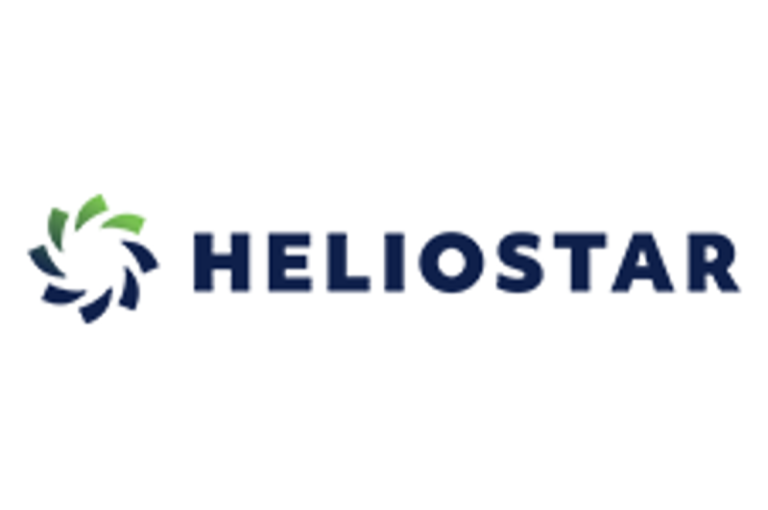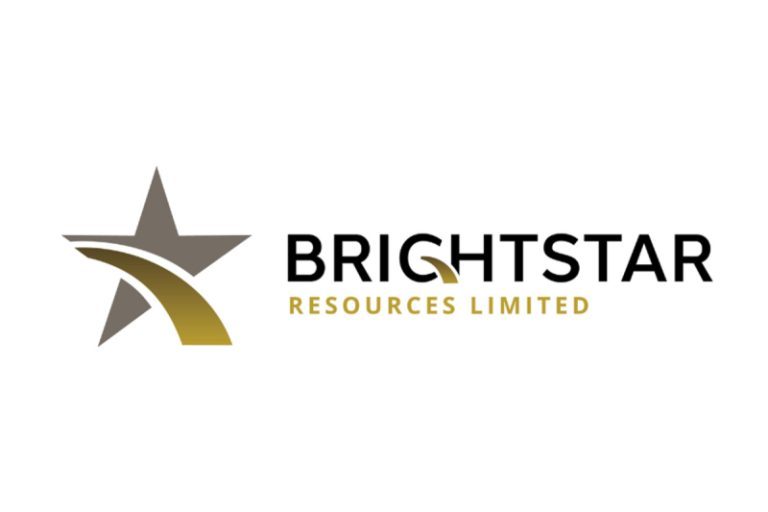HIGHLIGHTS:
- 83.2m grading 17.35 g/t gold from 76.0 m, including
- 46.65 m grading 27.35 g/t gold from 88.95 m
- 70.7m grading 9.38 g/t gold from 49.65 m
- 92.1 m grading 4.33 g/t gold from 97.1 m
- 65.2 m grading 5.39 g/t gold from 152.2 m
- Ana Paula drill program to be extended to 20,000 metres of drilling
Heliostar Metals Ltd. (TSXV: HSTR,OTC:HSTXF) (OTCQX: HSTXF) (FSE: RGG1) (‘Heliostar’ or the ‘Company’) is pleased to announce additional results from the current drill program at its 100% owned Ana Paula project in Guerrero, Mexico. The program aims to convert inferred ounces to higher confidence classifications. It will also support the ongoing Feasibility Study and testing the next exploration targets around the Ana Paula deposit.
Heliostar CEO, Charles Funk, commented, ‘It’s rare to find a deposit that consistently produces 50-100m wide drill intercepts of these gold grades. Ana Paula is wide, high-grade, and shallow, with good underground mining conditions. These factors drive the low $1,011 all in sustaining cost in our new PEA for the project. It will also drive high margins at the project. The current program is focused on upgrading inferred ounces to higher confidence categories and the new data will be incorporated into a Feasibility Study. The lower costs drive a lower cut-off grade in the planned mine that opens the potential for more inferred material conversion. To maximize this opportunity, we will expand the program by 33% to 20,000 metres to allow for more infill and exploration drilling at Ana Paula. Across the Company, we have another study, a Prefeasibility Study for Cerro del Gallo, planned this quarter. We are also drilling at San Agustin and La Colorada. These programs should increase production and unlock the value we see in our deep growth portfolio.’
Drilling Program
Heliostar has completed 44 holes and 12,615 metres drilled to date. Drilling is designed along north-south sections with angled holes to better define the overall east-west orientation of the High Grade Panel. Heliostar’s drilling approach at Ana Paula has been to change the direction of drilling by approximately 90 degrees from the majority of historic intercepts. The Company believes that this change contributed to demonstrating more continuous and higher-grade gold mineralization within the High Grade Panel than recognized by previous operators.
Where appropriate, the holes are also being used to collect rock strength data, hydrogeologic data and samples for further metallurgical studies that will directly influence the Ana Paula mine design in the ongoing Feasibility Study.
Drill Results Summary
Holes AP-25-331, AP-25-333, AP-25-334 and AP-25-336 are resource conversion holes drilled in the central part of the High Grade Panel. Holes AP-25-334 and AP-25-336 were drilled on the same fence, with AP-25-334 targeting the polymictic breccia and hanging wall mineralization, and AP-25-336 targeting the polymictic breccia and footwall mineralization. Hole AP-25-334 intercepted a wide zone of 92.05 metres (‘m’) grading 4.33 grams per tonne (‘g/t’) gold, whilst AP-25-336 returned intervals of 3.2 m at 15.58 g/t gold, 65.15 m at 5.39 g/t and 43.55 m at 4.66 g/t gold with a 3.05 m interval with 24.64 g/t gold.
Figure 1: Plan Map of the current drill program at Ana Paula
To view an enhanced version of this graphic, please visit:
https://images.newsfilecorp.com/files/7729/275661_ee215e99b48368f4_003full.jpg
Figure 2: Cross-Section through newly reported holes AP-25-334 and AP-25-336
To view an enhanced version of this graphic, please visit:
https://images.newsfilecorp.com/files/7729/275661_ee215e99b48368f4_004full.jpg
Hole AP-25-333 is located 60 m to the east of the above-mentioned fence and returned two high-grade intervals of 26.6 m grading 4.78 g/t gold and 83.2 m grading 17.35 g/t gold. Hole AP-25-331 is a step out 32 m to the southeast and returned a 7.95 m zone grading 7.92 g/t gold and a wide high-grade interval of 70.65 m at 9.38 g/t gold.
Holes AP-25-330, AP-25-332 and AP-25-335A are geotechnical holes for mine development planning and returned assay results in line with expectations, including intervals of 48.5 m of 5.48 g/t gold, 5.2 m of 4.23 g/t gold and 35.55 m of 6.73 g/t gold, respectively.
True widths are unknown. Mineralization at Ana Paula occurs as disseminations or vein stockworks with variable controls including rock porosity, lithology and fault networks.
Drilling continues throughout the High Grade Panel and its less well-defined east and west edges, with assays pending from twelve holes. Two of the drills have begun to target deeper inferred mineralization and the northern exploration zone, which is approximately 250 m north of the High Grade Panel that has two drill holes pending assay.
The next Ana Paula drill results are anticipated to be released in December.
Drilling Results and Coordinates Tables
Table 1: Significant Drill Intersections
| Holey |
From
(metres) |
To
(metres) |
Interval
(metres) |
Au
(g/t) |
Topcut
Au (g/t) |
Hole
Purpose |
| AP-25-330 |
45.4 |
93.9 |
48.5 |
5.48 |
|
Geotechnical Hole |
| including |
45.4 |
53.6 |
8.2 |
7.41 |
|
|
| and |
82.3 |
85.5 |
3.2 |
20.8 |
|
|
| AP-25-331 |
29.9 |
38.85 |
8.95 |
7.27 |
|
Resource Hole |
| including |
36.0 |
38.85 |
2.85 |
15.5 |
|
|
| and |
49.65 |
120.3 |
70.65 |
9.38 |
|
1 |
| including |
59.65 |
75.0 |
15.35 |
18.3 |
|
|
| AP-25-332 |
140.5 |
145.75 |
5.25 |
4.23 |
|
Geotechnical Hole |
| AP-25-333 |
38.8 |
65.4 |
26.6 |
4.78 |
4.58 |
Resource Hole2 |
| including |
38.8 |
44.45 |
5.65 |
11.3 |
10.4 |
2 |
| and including |
59.7 |
65.4 |
5.7 |
9.45 |
|
|
| and |
76.0 |
159.2 |
83.2 |
17.3 |
15.8 |
1,2 |
| including |
88.95 |
135.6 |
46.65 |
27.3 |
24.5 |
3 |
| and including |
146.1 |
155.3 |
9.2 |
9.60 |
|
|
| AP-25-334 |
97.1 |
189.15 |
92.05 |
4.33 |
|
Resource Hole |
| including |
98.2 |
105.85 |
7.65 |
8.17 |
|
|
| and including |
140.15 |
147.15 |
7.0 |
8.49 |
|
|
| and including |
166.1 |
180.0 |
13.9 |
9.70 |
|
|
| AP-25-335A |
12.75 |
21.2 |
8.45 |
4.76 |
|
Geotechnical Hole |
| and |
45.0 |
80.55 |
35.55 |
6.73 |
|
|
| including |
45.0 |
51.7 |
6.7 |
11.0 |
|
|
| and including |
62.2 |
80.55 |
18.35 |
7.94 |
|
|
| and |
102.6 |
108.2 |
5.6 |
4.67 |
|
|
| and |
140.55 |
145.8 |
5.25 |
5.01 |
|
|
| AP-25-336 |
25.15 |
28.35 |
3.2 |
15.6 |
|
Resource Hole |
| and |
128.35 |
141.7 |
13.35 |
2.50 |
|
|
| including |
128.35 |
132.0 |
3.65 |
6.85 |
|
|
| and |
152.2 |
217.35 |
65.15 |
5.39 |
4.98 |
4 |
| including |
152.2 |
162.4 |
10.2 |
13.6 |
|
|
| including |
173.8 |
176.85 |
3.05 |
24.6 |
15.8 |
4 |
1 Result reported in November 20th Q3, 2025 quarterly news release
2 Top cut to 47 ppm Au based on resource model domains
3 Top cut to 64 ppm Au based on resource model domains
4 Top cut to 38 ppm Au based on resource model domains
Drilling Coordinates Table
Table 2: Drill Hole Details
| Hole ID |
Easting
(WGS84 Zone 14N) |
Northing
(WGS84 Zone 14N) |
Elevation
(metres) |
Azimuth
(°) |
Inclination
(°) |
Length
(metres) |
| AP-25-330 |
410,274 |
1,997,960 |
962.6 |
0 |
-53 |
126.0 |
| AP-25-331 |
410,205 |
1,998,038 |
917.7 |
180 |
-50 |
192.0 |
| AP-25-332 |
410,030 |
1,998,137 |
972.8 |
180 |
-55 |
329.4 |
| AP-25-333 |
410,191 |
1,998,065 |
907.1 |
180 |
-55 |
204.0 |
| AP-25-334 |
410,126 |
1,998,071 |
931.8 |
178 |
-55 |
302.0 |
| AP-25-335A |
410,254 |
1,998,038 |
913.4 |
180 |
-46 |
237.0 |
| AP-25-336 |
410,128 |
1,998,121 |
933.8 |
180 |
-55 |
353.0 |
Ana Paula Preliminary Economic Assessment Note
Heliostar announced the results of a Preliminary Economic Assessment on November 6, 2025. References to the results in this release are provided in greater detail here.
Quality Assurance / Quality Control
Drill core is PQ size, and the core is cut in half, with half sent for analysis. Core samples were shipped to ALS Limited in Zacatecas, Zacatecas, Mexico, for sample preparation and for analysis at the ALS laboratory in North Vancouver. The Zacatecas and North Vancouver ALS facilities are ISO/IEC 17025 certified. Gold was assayed by 30-gram fire assay with atomic absorption spectroscopy finish, and overlimits were analyzed by 30-gram fire assay with gravimetric finish.
Control samples comprising certified reference and blank samples were systematically inserted into the sample stream and analyzed as part of the Company’s quality assurance / quality control protocol.
Statement of Qualified Person
Stewart Harris, P.Geo., a Qualified Person, as such term is defined by National Instrument 43-101 – Standards of Disclosure for Mineral Projects, has reviewed the scientific and technical information that forms the basis for this news release and has approved the disclosure herein. Mr. Harris is employed as Exploration Manager of the Company.
About Heliostar Metals Ltd.
Heliostar is a gold mining company with production from operating mines in Mexico. This includes the La Colorada Mine in Sonora and the San Agustin Mine in Durango. The Company also has a strong portfolio of development projects in Mexico and the USA. These include the Ana Paula project in Guerrero, the Cerro del Gallo project in Guanajuato, the San Antonio project in Baja Sur and the Unga project in Alaska, USA.
FOR ADDITIONAL INFORMATION, PLEASE CONTACT:
Charles Funk
President and Chief Executive Officer
Heliostar Metals Limited
Email: charles.funk@heliostarmetals.com
Phone: +1 844-753-0045 |
Rob Grey
Investor Relations Manager
Heliostar Metals Limited
Email: rob.grey@heliostarmetals.com
Phone: +1 844-753-0045 |
Neither TSX Venture Exchange nor its Regulation Services Provider (as that term is defined in the policies of the TSX Venture Exchange) accepts responsibility for the adequacy or accuracy of this release.
Cautionary Statement Regarding Forward-Looking Information
This news release includes certain ‘Forward-Looking Statements’ within the meaning of the United States Private Securities Litigation Reform Act of 1995 and ‘forward-looking information’ under applicable Canadian securities laws. When used in this news release, the words ‘anticipate’, ‘believe’, ‘estimate’, ‘expect’, ‘target’, ‘plan’, ‘forecast’, ‘may’, ‘would’, ‘could’, ‘schedule’ and similar words or expressions, identify forward-looking statements or information. These forward-looking statements or information relate to, among other things, show the full extent of the deposit, upgrade and expand the resource base, growing our annual production profile in the near term and bringing additional production online.
Forward-looking statements and forward-looking information relating to the terms and completion of the Facility, any future mineral production, liquidity, and future exploration plans are based on management’s reasonable assumptions, estimates, expectations, analyses and opinions, which are based on management’s experience and perception of trends, current conditions and expected developments, and other factors that management believes are relevant and reasonable in the circumstances, but which may prove to be incorrect. Assumptions have been made regarding, among other things, the receipt of necessary approvals, price of metals; no escalation in the severity of public health crises or ongoing military conflicts; costs of exploration and development; the estimated costs of development of exploration projects; and the Company’s ability to operate in a safe and effective manner and its ability to obtain financing on reasonable terms.
These statements reflect the Company’s respective current views with respect to future events and are necessarily based upon a number of other assumptions and estimates that, while considered reasonable by management, are inherently subject to significant business, economic, competitive, political, and social uncertainties and contingencies. Many factors, both known and unknown, could cause actual results, performance, or achievements to be materially different from the results, performance or achievements that are or may be expressed or implied by such forward-looking statements or forward-looking information and the Company has made assumptions and estimates based on or related to many of these factors. Such factors include, without limitation: precious metals price volatility; risks associated with the conduct of the Company’s mining activities in foreign jurisdictions; regulatory, consent or permitting delays; risks relating to reliance on the Company’s management team and outside contractors; risks regarding exploration and mining activities; the Company’s inability to obtain insurance to cover all risks, on a commercially reasonable basis or at all; currency fluctuations; risks regarding the failure to generate sufficient cash flow from operations; risks relating to project financing and equity issuances; risks and unknowns inherent in all mining projects, including the inaccuracy of reserves and resources, metallurgical recoveries and capital and operating costs of such projects; contests over title to properties, particularly title to undeveloped properties; laws and regulations governing the environment, health and safety; the ability of the communities in which the Company operates to manage and cope with the implications of public health crises; the economic and financial implications of public health crises, ongoing military conflicts and general economic factors to the Company; operating or technical difficulties in connection with mining or development activities; employee relations, labour unrest or unavailability; the Company’s interactions with surrounding communities; the Company’s ability to successfully integrate acquired assets; the speculative nature of exploration and development, including the risks of diminishing quantities or grades of reserves; stock market volatility; conflicts of interest among certain directors and officers; lack of liquidity for shareholders of the Company; litigation risk; and the factors identified under the caption ‘Risk Factors’ in the Company’s public disclosure documents. Readers are cautioned against attributing undue certainty to forward-looking statements or forward-looking information. Although the Company has attempted to identify important factors that could cause actual results to differ materially, there may be other factors that cause results not to be anticipated, estimated or intended. The Company does not intend, and does not assume any obligation, to update these forward-looking statements or forward-looking information to reflect changes in assumptions or changes in circumstances or any other events affecting such statements or information, other than as required by applicable law.
To view the source version of this press release, please visit https://www.newsfilecorp.com/release/275661










